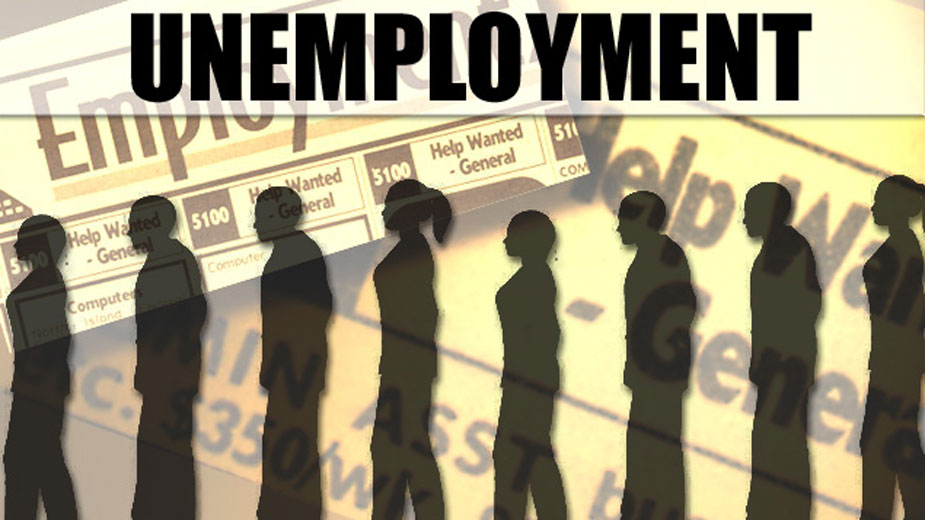Initial Jobless Claims down Fourth Straight Week in Ohio
COLUMBUS, Ohio — Ohioans posted just north of 9,700 initial jobless claims last week, marking the fourth consecutive week of declines.
The 9,719 initial claims posted the week ended Feb. 5 were down from 10,313 posted the week prior, according to the Department of Job and Family Services. That’s down from an eight-week high of 17,469 initial claims posted the week ended Jan. 8.
Continued jobless claims also ticked down to 57,786 last week from 60,213 the week ended Jan. 29. Continued claims have held steady between 57,000 and 60,000 for the past five weeks.
Total claims for the week ended Feb. 5 were 67,505 last week, down from 70,526 the week ended Jan. 29.
Ohio’s unemployment rate in December was 4.5% compared to the national rate of 3.9%. Ohio’s labor force participation rate in December was 61.5%, which is lower than the national rate of 61.9%.
Pennsylvania reported 14,762 initial jobless claims for the week ended Jan. 29, according to the most recent data available from the Center for Workforce Information & Analysis. That’s up from the 11,710 claims reported the week prior. Continued claims in the commonwealth increased to 106,342 for the week ended Jan. 29 from 97,241 the week prior.
Nationally, the number of Americans applying for unemployment benefits declined for the third straight week.
Jobless claims fell by 16,000 to 223,000 last week, from 239,000 the previous week, the Labor Department reported Thursday.
The four-week average for claims, which compensates for weekly volatility, declined by 2,000 to 253,250 after rising for five straight weeks as the omicron variant of the coronavirus spread, disrupting business in many parts of the U.S.
Last week, the Labor Department reported a surprising burst of hiring in January, with employers adding 467,000 jobs. It also revised upward its estimate for job gains in November and December by a combined 709,000. The unemployment rate edged up to a still-low 4% from 3.9%, as more people began looking for work, but not all of them securing jobs right away.
In total, 1.6 million Americans were collecting jobless aid the week that ended Jan. 29, essentially flat from the previous week.
Even as omicron variant spread quickly earlier this winter, employers have been eager to hire, a sign of a resilient economy. That winter spike in infections briefly tripped up the country’s strong recovery from 2020′s virus-caused recession, but employers appear confident in long-term growth.
Massive government spending and the vaccine rollout jumpstarted the economy as employers added a record 6.4 million jobs last year. The U.S. economy expanded 5.7% in 2021, growing last year at the fastest annual pace since a 7.2% surge in 1984, also coming after a recession.
An overheated U.S. economy has spawned inflation not seen in four decades, leading the Federal Reserve to ease its support for the economy. The Fed has signaled that it would begin a series of interest-rate hikes in March, reversing pandemic-era policies that have fueled hiring and growth but also stubborn inflation.
The government also reported Thursday that consumer prices rose 7.5% in the past 12 months, the steepest year-over-year increase since February 1982.
The Associated Press contributed to this report.
Copyright 2024 The Business Journal, Youngstown, Ohio.


